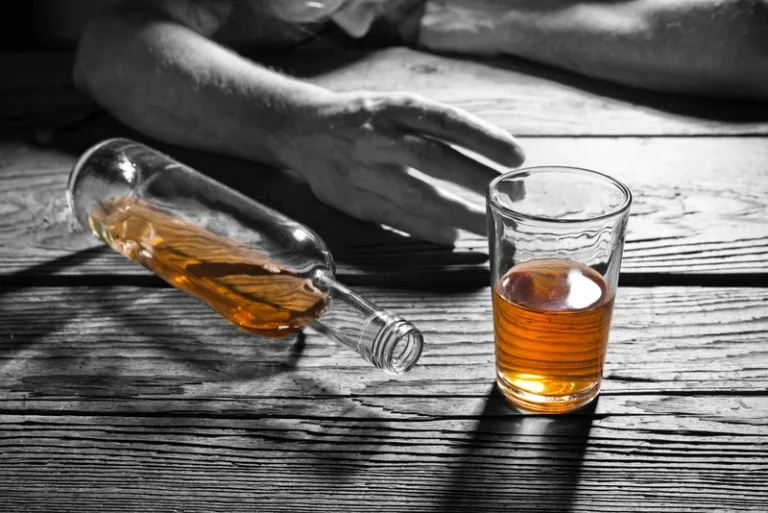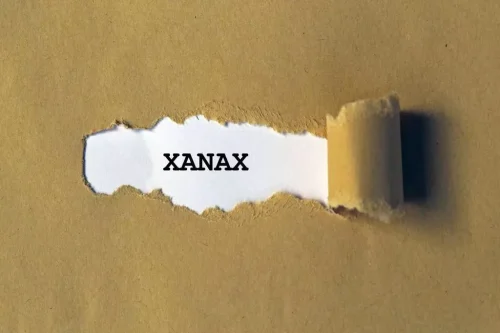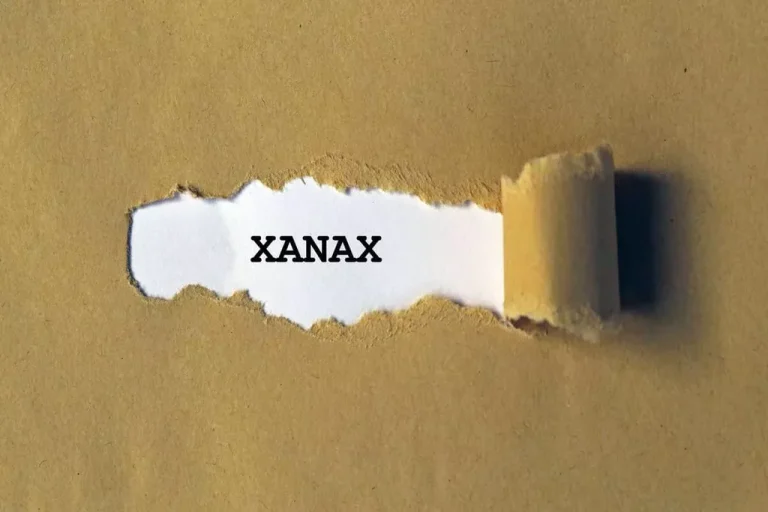
Alcohol use disorder can have significant impacts on the body’s nutrient levels, potentially causing various deficiencies. The consumption of alcohol often replaces a balanced diet, leading to insufficient intake of essential nutrients. This deficiency can result in the body signaling increased sugar intake as a way to obtain quick energy, perpetuating the cycle of craving and consuming sugary foods or beverages. One of the best ways for an alcoholic to reduce their cravings for sugar is to focus on getting enough sleep and eating a balanced diet. Getting enough sleep can help to reduce stress levels, which can help reduce sugar cravings. Eating a balanced diet that includes a variety of fresh fruits, vegetables, and proteins can also help to provide the body with the vitamins and minerals it needs to stay healthy.
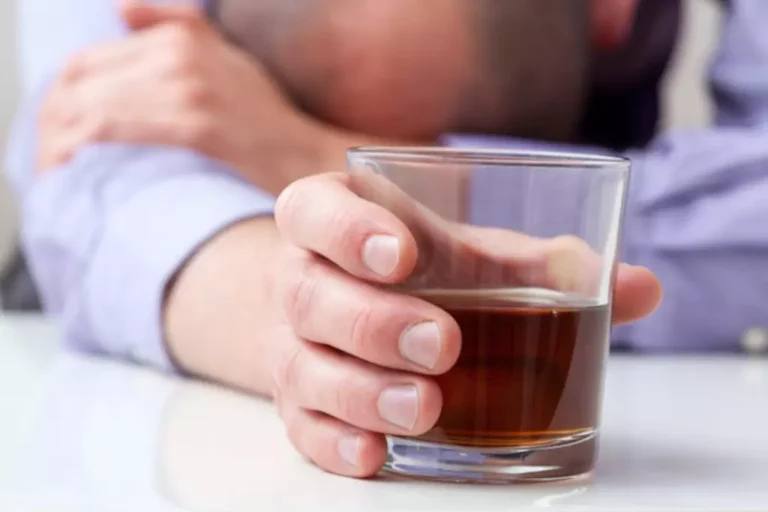
What are Environmental Factors that Inspire Addiction?
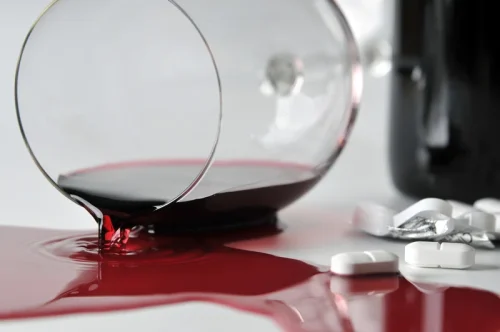
Alcohol consumption typically causes an initial spike in blood sugar followed by a significant crash. This drop leads to cravings for sugar as individuals attempt to stabilize their energy levels. The concept of addiction transfer is prevalent in this context, where recovering alcoholics might replace their dependency on alcohol with a new reliance on sugar. This substitution can Halfway house fulfill the brain’s craving for dopamine but risks perpetuating the cycle of addiction. Understanding these psychological and emotional components is vital in creating effective recovery strategies that aim not just to promote sobriety from alcohol but also to address potential sugar dependency.
The Benefits of Medical Detox in Addiction Recovery
This relationship creates a cycle where the pursuit of sugar becomes a method for compensating for the dopamine rush once derived from alcohol. To effectively manage sugar cravings during alcohol recovery, maintaining a balanced diet is crucial. Regular meals should include complex carbohydrates and proteins that help stabilize blood sugar levels. Foods rich in nutrients, such as fruits, vegetables, whole grains, and lean proteins, can prevent blood sugar fluctuations that lead to cravings. Additionally, incorporating snacks that are high in fiber can provide a feeling of fullness and delay sugar cravings. The sugar high from eating sweets can be similar to the feeling that alcohol gives, and this can be dangerous for someone in recovery.
Sugar and Substance Addiction
The researcher brought two covered trays into the testing room and removed the cover off one tray to first reveal a water bottle and an empty glass (neutral cue used to acquire baseline alcohol cravings). The researcher opened the bottle, poured the water into the glass, placed the glass in front of the participant, and started playing the audio recording. Participants were instructed to sniff inside the glass when they heard high tones and stop sniffing when they heard low tones. Immediately after the audio recording ended, participants responded to a visual analog scale measuring alcohol craving.
- The brain adapts to the increased levels of dopamine by reducing the number of dopamine receptors, which can contribute to a decreased sensitivity to pleasurable stimuli.
- This may include adopting a balanced and nutritious diet, seeking support from healthcare professionals, and exploring healthier alternatives to satisfy cravings.
- Alcohol stimulates the activity of endogenous opioid peptides, leading indirectly to the activation of dopaminergic neurons and subsequently increasing dopamine release in the NAc shell.
- These foods provide essential vitamins, minerals, and fiber, which can help stabilize blood sugar levels and reduce cravings.
While quitting drinking may help to reduce the frequency and intensity of sugar cravings, they can still be a bothersome problem for many people in recovery. By considering the influence of genetic why do alcoholics not like sweets and familial factors, we can gain a better understanding of why alcoholics may experience a specific craving for sugar. These factors contribute to the complex interplay between biology, genetics, and behaviors that shape an individual’s relationship with alcohol and their preference for sweet tastes. Intermittent sugar access acts on opioid systems in the brain, resulting in decreased enkephalin mRNA expression in the accumbens and signs of withdrawal that can be obtained with the opioid antagonist naloxone. This suggests that sugar can elicit addictive-like behaviors by engaging the brain’s opioid pathways. And I was left with my sober lifestyle—and all the lovely health benefits that have come with it.
What Is Drug Rehab?
Hypoglycemia, characterized by low blood sugar levels, is a common physiological effect of alcohol consumption. Heavy drinkers can be particularly susceptible to this condition due to alcohol’s impact on blood sugar levels. The neurobiological pathways involved in substance addiction, including alcohol and sugar, share a commonality. Both involve similar neural receptors, neurotransmitters, and hedonic regions in the brain. Processes such as craving, tolerance, withdrawal, and sensitization have been observed in both human and animal studies in the context of sugar addiction and narcotic dependence. In conclusion, understanding the role of sugar in AUD, both as a coping mechanism and a potential source of addiction, is crucial in aiding recovery and preventing relapse.
- By considering the influence of genetic and familial factors, we can gain a better understanding of why alcoholics may experience a specific craving for sugar.
- Excessive sugar intake can act as a substitute, potentially leading to what is known as ‘transfer addiction,’ where one substance replaces another.
- Studies have shown a correlation between alcohol-related problems and the consumption of sugar among individuals struggling with alcohol dependence.
- It sounds like a joke, but people have given into cravings based on something so small as a negligible amount of liqueur in their Christmas candies.
- This substitution can fulfill the brain’s craving for dopamine but risks perpetuating the cycle of addiction.
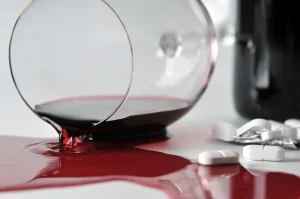
It is important to consider nutritional considerations in recovery, ensuring a balanced diet that supports physical and emotional health. However, it is crucial to be cautious about substituting alcohol with excessive sugar consumption, as this can potentially lead to negative health consequences and hinder recovery progress. The impact of sugar on the brain, particularly in individuals with alcohol use disorder, highlights the complex nature of addiction and the potential for sugar cravings to replace alcohol cravings.

